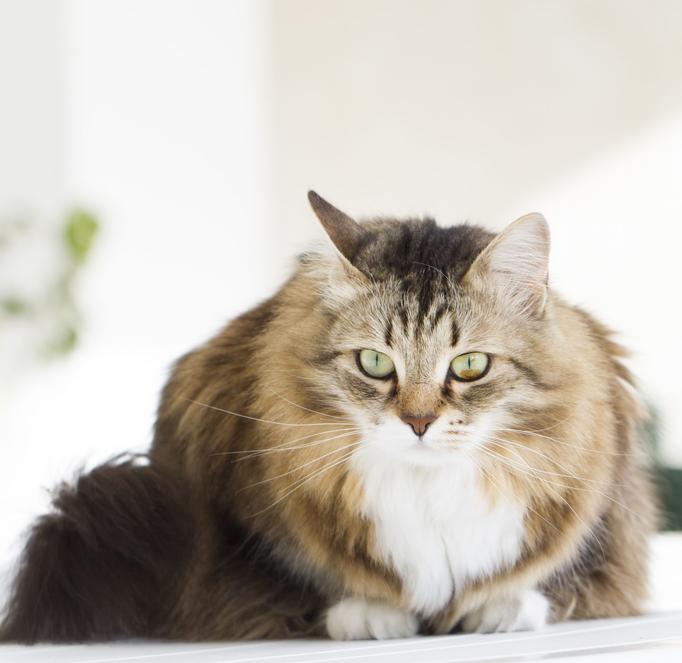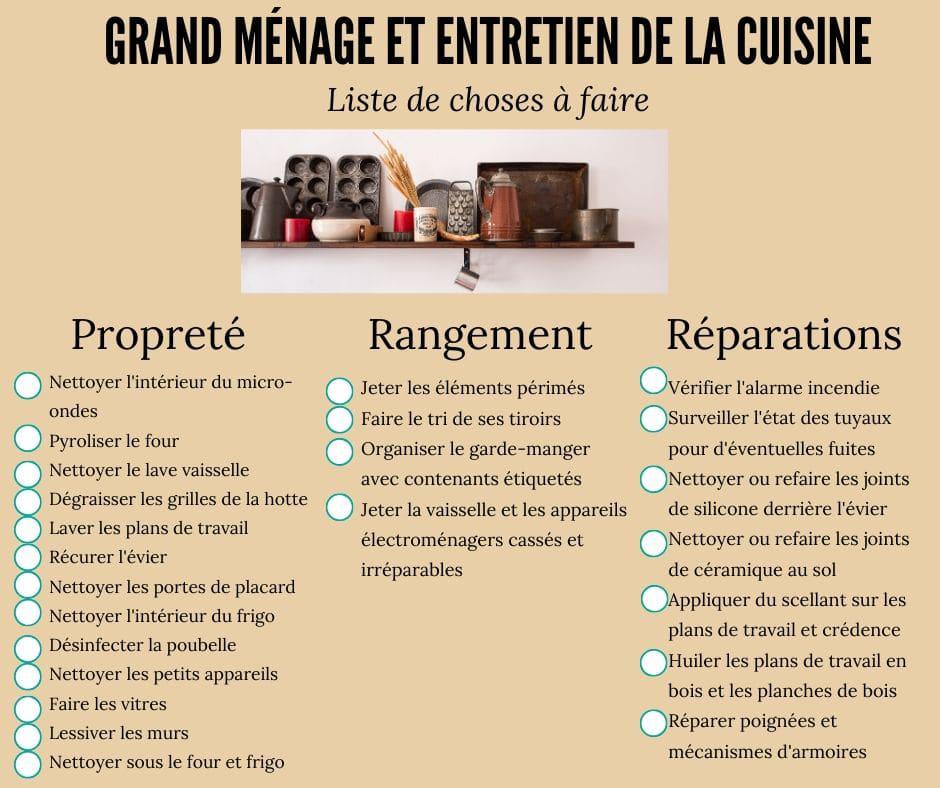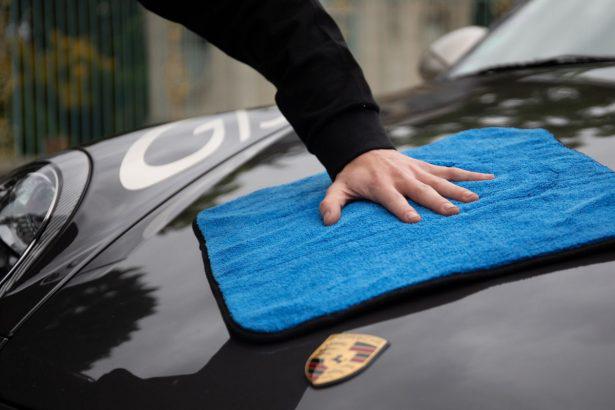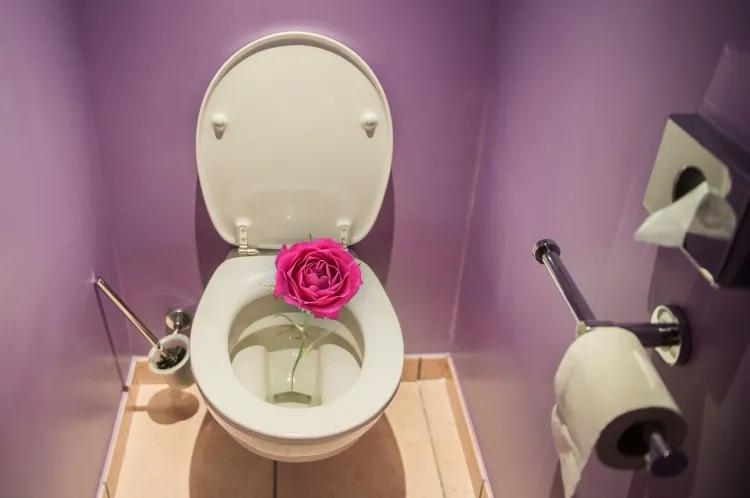It never really disappeared, but velvet is nonetheless increasingly present in furniture or fabric shops and in our homes. Armchairs, sofas, curtains, headboards... its softness seduces!
Posted on Oct. 24, 2017Christiane Desjardins LA PRESSEThe return of velvet
In silk, it has dressed kings and made a soft seat under the buttocks of the top gratin. Cotton, he dressed the beggars, the heroes and the pouf of the sixties. It has survived the centuries by adapting to the times. If he slipped away sometimes, it was to come back better. Like now. "Hear, hear, good people, velvet is back! »
“ Fake news ”, as a certain character would say. The velvet never left.
" It's a material that has always been used at the high end," says Patrick Demers, from Crescendo Tissus et papiers. What we notice, which is a fairly clear trend, is that we are slowly returning to more traditional things. And since velvet is a traditional material, we see more and more of it. »
Crescendo, this establishment on Sainte-Catherine Street West that only sells to interior decoration professionals, gives pride of place to velvet in its fabric collections. There are various origins and compositions, which can cost between $120 and $750 per yard or meter. "People who invest so much want it to last. What is super trendy goes out of fashion quickly," summarizes Mr. Demers.
At Bonaldo, an imported furniture store in Old Montreal, the owner, Louis Pauzé, also assures us that velvet has always been popular, despite trends.
" I would like to say that there is no trend. We live in multi-trends. There's nothing ugly, it's all in the way. There are those who make works of art with less noble materials. Others who work with extraordinary materials and make chnoutes. »
“ There is something rich and comforting about velvet, assesses Mr. Pauzé. It goes: come sit down, we're going to talk. And it's a fabric that changes with light. Not many people do that. »
At Mobilia, we got into velvet softly, before going for it. “ We started to see them last year in trade fairs in Europe, explains the president, Johannes Kau. We took a few coins. But this year, it was very strong at the Milan show. We thought it was time. We now have a variety of sectionals, armchairs, sofas, accent chairs... ”
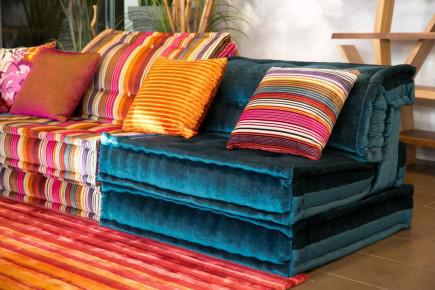
“There is a lot of evolution in the manufacture of fabrics, says Mr. Kau. We have mixed velvets that are very resistant and easy to maintain. Even real [natural fiber] velor is easier to care for. »
Roche Bobois is famous for its leather furniture, but you can also find beautiful pieces in velvet. “ There is more velvet now, recognizes Guy Philippe Bélanger, director downtown, in Montreal. People don't come spontaneously for that, but when we present it, they like it and they buy.
" Velvet is cozy, it brings a luxurious side to the furniture, it has reflections, it's alive. It is thought to be delicate, but good quality velvet is very durable. »
- Guy Philippe Belanger
In design, it's "anything goes", illustrates Suzanne Marques, designer at CM Textiles. "I like velvet, but I go according to the client's needs," she says. It always depends on how you use it. Is it for a single person or a family with young children? Are there any animals? »
When it comes to colors and textures, the choice is endless. There are prints, appliqués, shiny corduroys, matte or semi-matte...
“ You can have a sofa in a neutral color and make a statement with an armchair or cushions, says Mme Marques. The goal is to always look for a point of interest, to have a wow! »
Velvet seduces and adds class to a decor. But it also has constraints that must be accepted. It is a fabric to flatter in the direction of the hair. It is necessary to respect the direction during the confection, because it does not reflect the light equally in one direction or the other. "And if we make it upside down, the wear will cause all the hairs to stand up", points out Patrick Demers.
On the maintenance side, for dust, we vacuum the velvet furniture. As for the stains, it depends on the fabric. “ There are many techniques that result in the velvet being stain-resistant or anti-crushing, specifies Mr. Demers. Here we have a high performance cotton pile that you can spill just about anything on, and it won't stain. We drop a coffee, we mop it up. »
Velvet is not immutable, however. You have to accept that silk velvet, for example, will mark. “ The material will take on a patina over time, says Mr. Demers. But again, it depends on the pile and its height," he says.
Popular through the ages
Velvet is hairy, as its Latin name vilosus suggests. Hairy on one side and flush on the other, that's the principle. It is the bottom weft, or the back of the fabric, which gives it its suppleness or its firmness.
It is in the East that the first pieces of velvet would have been created, probably in Kashmir. In the 13th century the Italians imported velvet from Persia for clothing and upholstery. Over time, they too began to make them, notably in Venice, Milan, Genoa and Florence. They enriched silk fabrics with embroidery, inserted gold and silver threads to create velvets of great pageantry. The French, very fond of beautiful fabrics, imported velvets from Italy, before starting to make them too, around the 16th century. Spain, England and other countries have also become great velvet producers. Inventions, notably of the Jacquard loom, in France, in 1804, improved production.
Vintage paintings testify to the popularity of velvet through the ages, both in clothing and furnishings. Once reserved for the powerful, velvet has become more popular over time. Corduroy, appreciated for its warmth and resistance, was particularly adopted by workers.
Today, silk, cotton, wool and linen are still used to make velvet. But it is also found made of synthetic material or a mixture of natural and synthetic fibers to combine the qualities of each.

